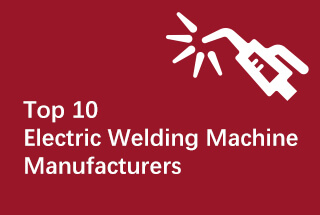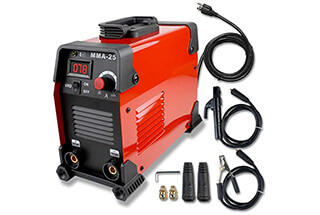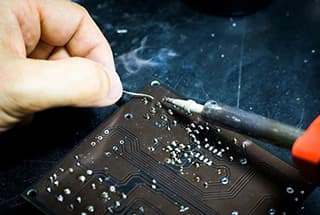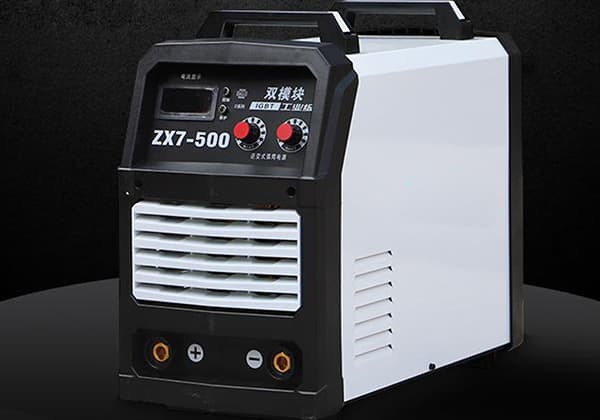
Are you curious about the technological differences between IGBT inverters and SCR rectifier welders? This article explores how these two welding technologies compare in terms of efficiency, portability, and performance. By understanding the advancements in IGBT inverters, you’ll learn why they offer smoother output, higher power efficiency, and greater control, making them a preferred choice for modern welding needs. Dive in to discover how choosing the right welder can significantly impact your welding projects and overall productivity.
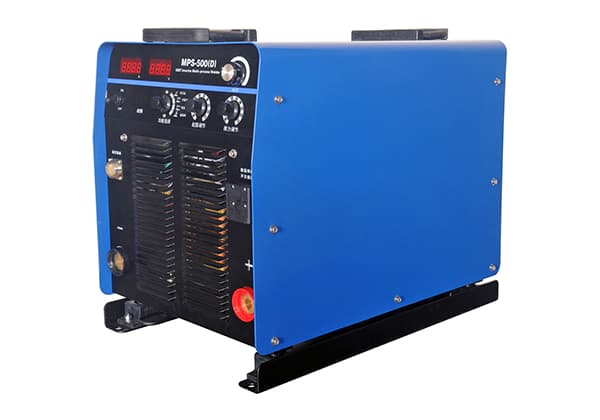
For decades, traditional thyristor-controlled welding machines dominated the market, enjoying widespread acceptance among consumers. However, with increasing national emphasis on energy conservation and emissions reduction, energy-efficient inverter welding technology has emerged as a game-changing innovation in the welding industry.
Inverter welders are primarily categorized into two types: MOSFET-based and IGBT-based inverter welders. Among these, IGBT (Insulated Gate Bipolar Transistor) inverter welders have become the predominant choice. Let’s examine the key differences between IGBT inverter welders and traditional thyristor-controlled welders:
IGBT inverter welders represent a new generation of high-performance, energy-efficient, and resource-conserving welding power sources, embodying the current trajectory of welding technology advancement. The commercialization of high-capacity IGBT modules has significantly expanded the application scope of these power sources, offering enhanced capabilities across various welding processes and materials.
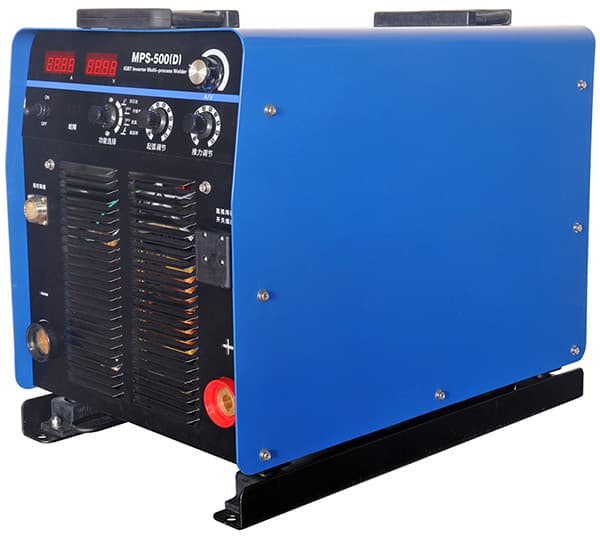
The inverter welder and controllable silicon rectifier welder differ significantly in their power conversion processes, performance characteristics, and overall design:
Power Conversion:
Controllable silicon rectifier welders convert 50Hz AC power directly to DC, adjusting output by modifying the silicon-controlled rectifier’s conduction angle. This results in a non-smooth output waveform, leading to suboptimal welding performance and inferior arc control.
In contrast, IGBT inverter welders employ a sophisticated AC-DC-AC-DC conversion process. They first rectify 50Hz AC to DC, then use IGBT technology to invert it into a 20-30kHz intermediate frequency rectangular wave. This high-frequency AC is then stepped down, rectified, and stabilized into smooth DC power. Output is precisely controlled through PWM or phase shift control of the IGBT inverter.
Performance:
Inverter welders demonstrate superior arc ignition and control capabilities due to their smooth output waveform and advanced control mechanisms. They offer enhanced welding quality, particularly for precision applications and thinner materials.
Controllable silicon rectifier welders, while robust, lack the fine control and smooth power delivery of inverter models, potentially leading to more spatter and less stable arcs, especially in demanding welding scenarios.
Size and Portability:
Inverter welders leverage high-frequency conversion (20-30kHz) to significantly reduce transformer size, resulting in compact, lightweight units ideal for mobile applications or confined spaces.
Controllable silicon rectifier welders, operating at lower frequencies, require larger transformers and components, making them bulkier and less portable.
Efficiency:
IGBT inverter welders boast approximately 30% higher power efficiency compared to controllable silicon rectifier models. This translates to lower energy consumption, reduced operating costs, and potentially longer duty cycles.
Reliability and Maintenance:
Inverter welders feature simpler control and main circuits, potentially leading to higher reliability with fewer failure points. However, the harsh welding environment—characterized by frequent short-circuits, arc ignitions, and open circuit changes—poses challenges to IGBT reliability, a key concern for users.
Controllable silicon rectifier welders, while potentially less efficient, often demonstrate robust durability in challenging conditions due to their simpler design.
Technology Maturity:
IGBT control technology has reached a high level of maturity and represents the current industry standard for advanced welding power sources. Ongoing research focuses on enhancing IGBT reliability and performance in extreme welding conditions.
Controllable silicon rectifier technology, while older, remains relevant in certain applications where simplicity and ruggedness are prioritized over precision control.
In conclusion, the choice between inverter and controllable silicon rectifier welders depends on specific application requirements, balancing factors such as weld quality, portability, efficiency, and operational environment.

